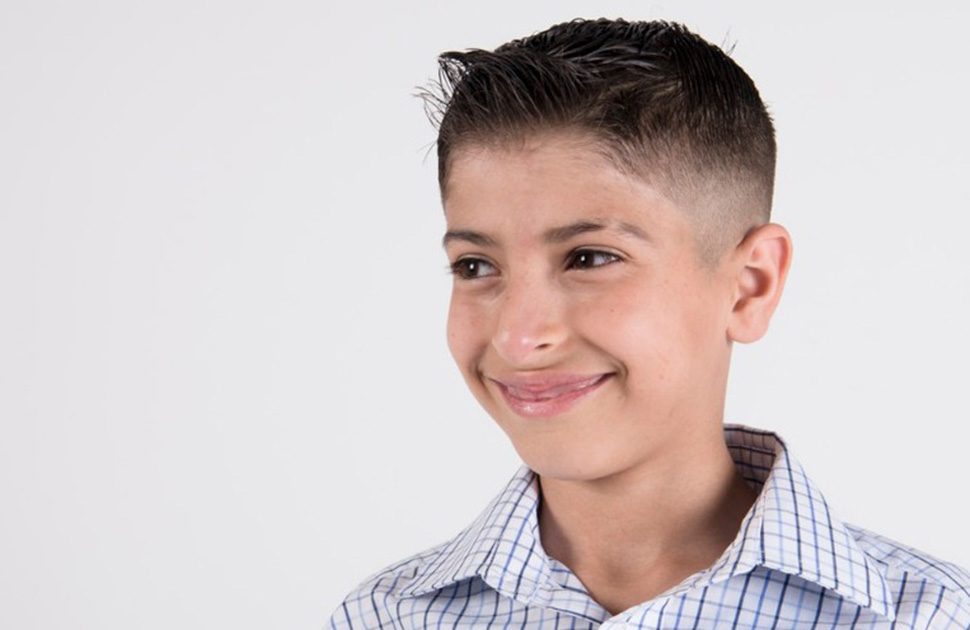Ottawa—Today, marking its one-year anniversary, the Canadian Science Fair Journal is providing student authors, in grades 7 to 12, a chance to present their projects to other students across Canada at CSFJ Connect 2019, the journal’s first-ever conference taking place at CHEO, in Ottawa.
Presenting to students in person at CHEO and to classrooms connecting via the web, the authors’ topics are wide ranging and include:
- developing an autonomous vehicle using neural networks to power its artificial intelligence
- designing a safer way to transport baby chicks
- exploring whether a hockey team is more likely to win if it takes the most shots
- creating an air filtration system for communities devastated by forest fires
For a full list of speakers, with links to their papers, visit CSFJ Connect 2019.
The Canadian Science Fair Journal (CSFJ) is the brainchild of Dr. Dayre McNally, an intensive care physician at CHEO and a scientist at the CHEO Research Institute. Dr. McNally led the journal’s foundation with the help of two undergraduate research students, Nina Acharya and Rhiannon Ng.
“There is so much great, creative work being done by really talented students across the country,” said Dr. McNally. “We thought these budding scientists needed a publication to recognize their work, while also giving them the chance to learn about other critical aspects of being a scientist — publishing in a journal and, now, presenting to a conference of their peers.”
Students in grades 2 to 12, or aged 6 to 18, are eligible to submit their original research to the CSFJ, which publishes original projects relevant to STEM fields (science, technology, engineering, mathematics). While most papers are based on science fair entries, works completed by groups or entire classes are also welcome.
Once a research project is submitted, CSFJ pairs the student author with a post-secondary student editor, who mentors them to refine and edit the material in preparation for publication —introducing them to concepts of peer review and scientific writing.
CSFJ published its first issue in September 2018 and put out three issues in year one, featuring 35 articles from students across Canada. They are planning for eight issues in their second year.
Seed funding for CSFJ was provided by the CHEO Research Institute and a PromoScience grant from the Natural Sciences and Engineering Research Council of Canada. For a list of the current supporters, please visit the Partners page.
-30-
Media contact
media@cheo.on.ca
About CHEO
Based in Canada’s capital, CHEO is a globally renowned health institution with a mission to provide exceptional care and support to children, youth and their families. Opening our doors in 1974, we offer a full range of specialized pediatric care and services to children from eastern and northern Ontario, western Quebec and Nunavut. Our site is home to a hospital, a children’s treatment centre, a school, a research institute, and is affiliated with the University of Ottawa as an academic health science centre. Named Canada’s best health-care employer by Forbes in 2024 and 2025, we are home to more than 6,500 staff, clinicians, scientists and researchers, as well as volunteers – all of whom work together to help children and youth achieve their best lives.





